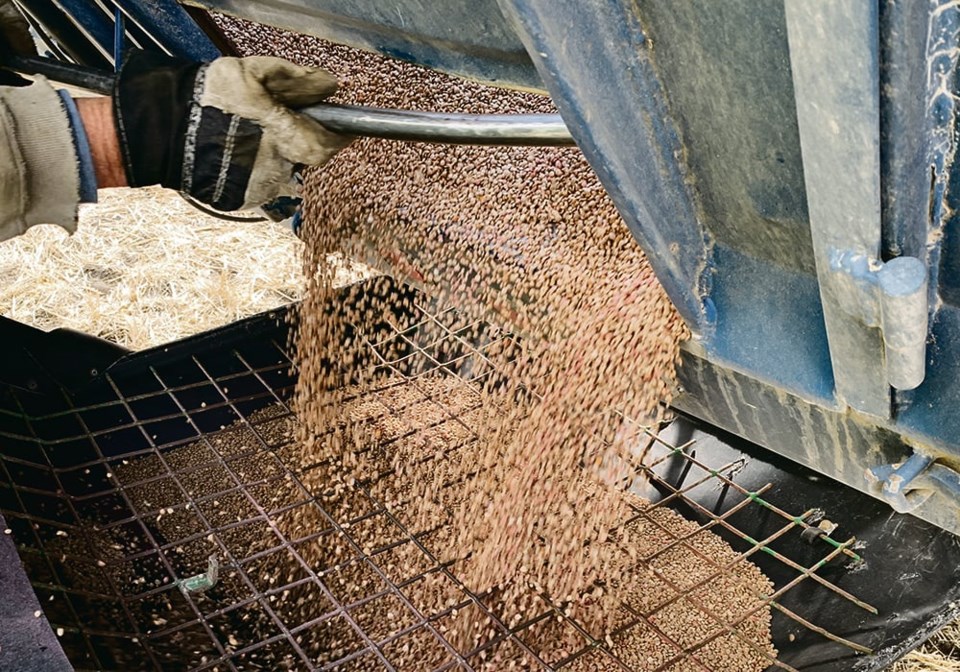WESTERN PRODUCER — Canada’s pulse acres are expected to fall slightly in 2023, according to Agriculture Canada’s Market Analysis Group.
Pea plantings are forecast at 3.21 million acres, a 4.6 percent decline. Lentils are projected at 4.27 million acres, a more modest 0.5 percent drop.
LeftField Commodity Research analyst Chuck Penner thinks the pea reduction will be more pronounced. He is forecasting three million acres of the pulse, a 10 percent reduction from last year.
“That’s a bit of a worrying trend, frankly,” he told delegates attending a market outlook session at the annual general meetings of Saskatchewan’s crop organizations in early January.
It would be the fourth year in a row of declining plantings, after peaking at 4.33 million acres in 2019.
“Really, it’s not the fault of peas,” said Penner. “Pea bids are historically pretty decent, but you have strong canola prices, you have strong red spring wheat prices.”
Dry conditions in some key pea-growing areas haven’t helped matters.
Penner is forecasting flat lentil acres for the third year in a row. There will likely be more greens and fewer reds, but not much will change for overall acreage.
Agriculture Canada is forecasting 259,000 acres of chickpeas, a 10 percent increase over 2022 levels. Penner believes that is far too low because carryout stocks from the 2022-23 crop will be at the lowest level since 2017-18.
He is projecting 325,000 acres of chickpeas, a 35 to 40 percent increase over last year.
Western Producer columnist Kevin Hursh agreed that the federal government’s chickpea estimate is likely too low.
“Kabuli chickpea prices have been strong with fairly attractive new crop contracts available,” he said in a recent column. “Chickpeas aren’t susceptible to aphanomyces, making the crop an alternative to lentils and peas in the brown and dark brown soil zones.”
Penner was asked if nitrogen fertilizer prices will factor into growers’ pulse planting decisions because pulses fix their own nitrogen.
Penner thinks that will be a minor consideration for most farmers. At this time last year, the view was that growers would plant more pulses due to sky-high nitrogen fertilizer prices. That did not happen.
After years of making acreage predictions, he has come to realize that factors such as fertilizer prices do not cause big swings in seeding intentions.
Price is obviously the biggest influence on what growers plant. But there is another important factor, one that tends to minimize volatile swings.
“The rotations and all of the agronomic considerations around that, in my mind, have people pretty locked in to not making big changes,” he said.
Some people in the pulse industry are concerned about the long-term ramifications of those agronomic considerations, including Saskatchewan Pulse Growers director and former chair Shaun Dyrland.
“To be perfectly blunt, we’re in a tough spot with some issues with pulse crops,” he told farmers attending SPG’s annual meeting.
He was referring to aphanomyces and other root rot diseases.
Dyrland hopes SPG’s new breeding agreement with Limagrain Field Seeds results in solutions.
“The status quo wasn’t providing us what we needed,” said the grower from Kyle, Sask. “In my area, if we don’t have a fix to the aphanomyces issue, we are out of the pulse business.”



